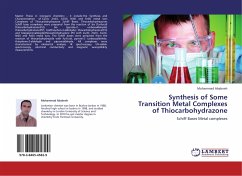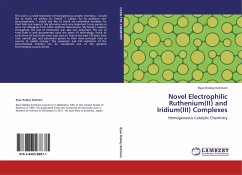Over the past four decades tris(diimine)Ru(II) complexes, particularly [Ru(bpy)3]2+, have attracted much attention as they can be used as potential solar energy converters and as effective sensitizers in the photolysis of water and the influence of diimine ligands have been examined. As many biological electron-transfer systems are based on copper and iron coordinated mainly to sulfur donor sites, we have investigated the effect of incorporating these donors on spectral and electrochemical properties of Ru(II) complexes and the results of our studies constitute the contents of this book. The book collects the synthetic methodologies and molecular structures of these complexes and discusses the nature of metal-ligand bonding in them. It includes the calculation of redox potentials of Ru(II) complexes using Lever s ligand parameters. This book is aimed at postgraduate students taking advance courses and projects in Inorganic Chemistry as well as beginners in pursuit of research leading to MPhil/PhD program in Coordination Chemistry. All the chapters are lavishly complemented with figures, equations and schemes for easy comprehension. Carefully selected references complement the text.

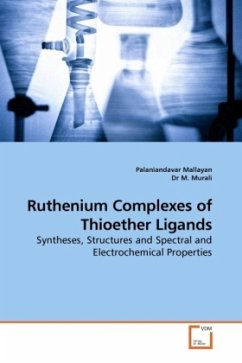
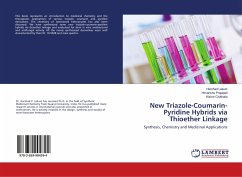
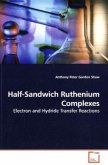
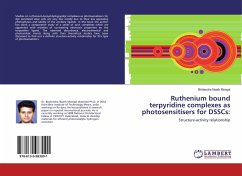
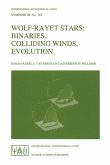
![Iron (II) and Ruthenium (II) Sulfur complexes modelling [MS] enzymes Iron (II) and Ruthenium (II) Sulfur complexes modelling [MS] enzymes](https://bilder.buecher.de/produkte/35/35517/35517145n.jpg)
